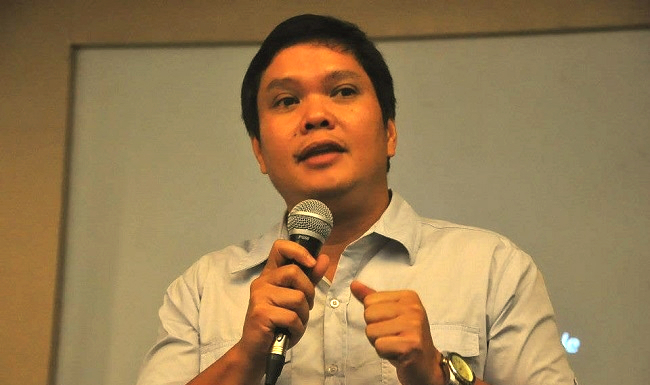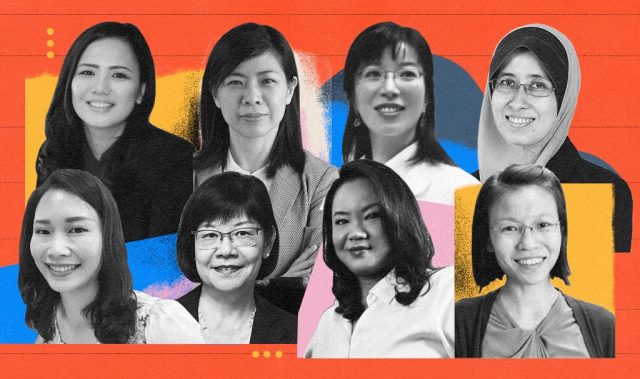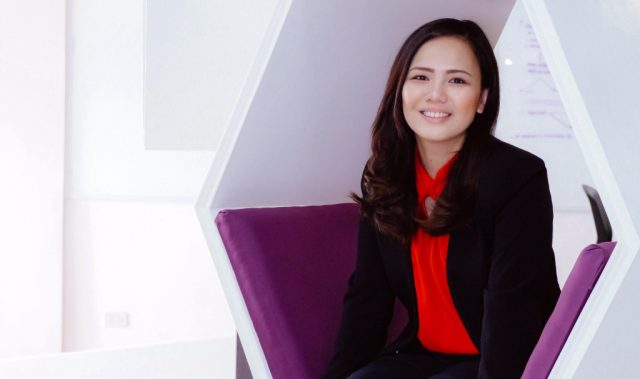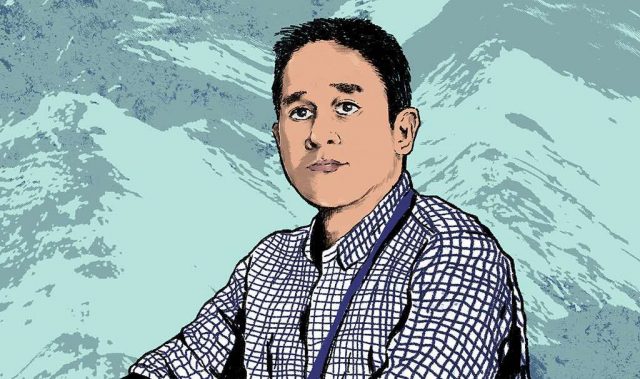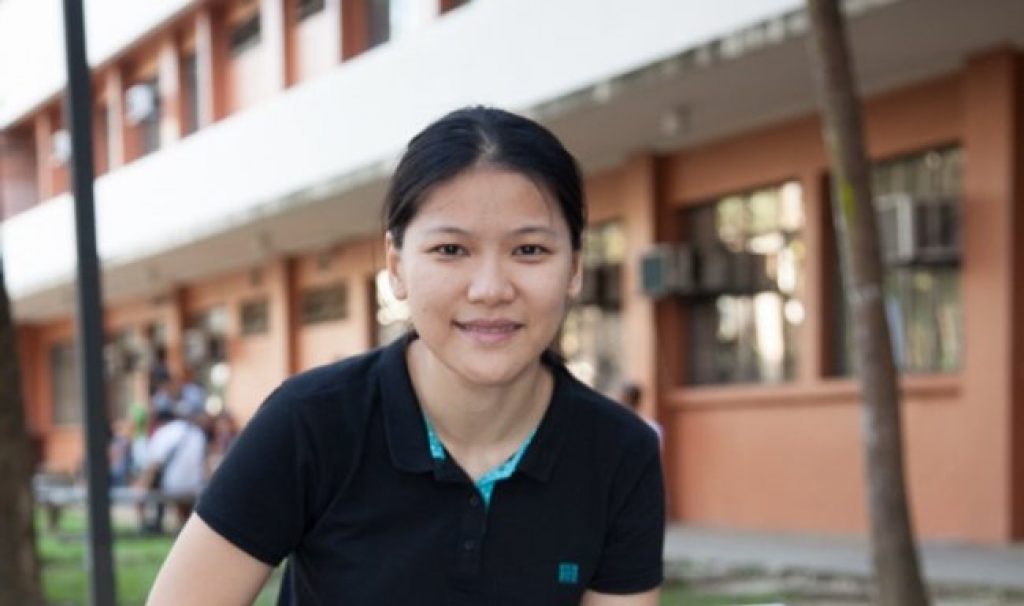
Reina Reyes
Lecturer
Department of Physics and Department of Information Systems and Computer Science
Ateneo de Manila University
AsianScientist (Feb. 17, 2016) – Reinabelle Reyes has been called “The Filipina who proved Einstein right” after her work confirming Albert Einstein’s Theory of Relativity in a cosmic scale in 2010 during her Ph.D. studies in the United States. Now back in her home country, she is delving into another field, beyond the confines of a research laboratory.
Reyes currently works as an independent data scientist consulting for private companies, juggling several projects at the same time. One of her more recent projects, ReliefOps.Ph, funded by the country’s Department of Science and Technology, is a web-based decision support tool for better logistics during disaster relief and rescue operations.
She is part-time faculty at Ateneo de Manila University, one of the leading universities in the country, and Rizal Technological University, the only university in the Philippines with an astronomy program.
- How would you summarize your research in a tweet (140 characters)?
- Describe a completed research project that you are proudest of.
- What do you hope to accomplish with your research in the next decade?
- Who (or what) motivated you to go into your field of study?
- What is the biggest adversity that you experienced in your research?
- What are the biggest challenges facing the academic research community today, and how can we fix them?
- If you had not become a scientist, what would you have become instead?
- Outside of work, what do you do to relax?
- If you had the power and resources to eradicate any world problem using your research, which one would you solve?
- What advice would you give to aspiring researchers in Asia?
I seek to find then make the most out of all available data to find answers to questions of both practical and academic interest.
I’m proud of ReliefOps.Ph, an example of how we can leverage the “new invisible college” (referring to Caroline Wagner’s work on global science networks), it was conceived in the aftermath of Typhoon Haiyan on November 2013, via an email exchange I had with Dr. Joline Uichanco, who is now an assistant professor at the University of Michigan-Ann Arbor.
The collaboration thereafter expanded to include Ateneo de Manila University, IBM Philippines, the Department of Science and Technology, and the Department of Social Welfare and Development. This project is our team’s contribution to the government’s R&D initiatives to address the major challenges in disaster risk reduction and management facing our country.

My hope for the next decade is to have the opportunity to continue to collaborate with scientists, researchers, entrepreneurs, and experts from various fields, engaging in interesting and socially-relevant work.
Data analysis and data mining was core to my astrophysics research, but the idea and motivation to apply those tools to other datasets, I trace back to Professor Hans Rosling and his brilliant work at Gapminder.org. I believe every intelligent citizen of the world should know about his work.
Right now, my biggest challenge is in entering a new field, picking up new tools and knowledge bases quickly, with the goal of eventually being able to contribute original work in collaboration with field experts. It is not easy, but I embrace the challenge.
In the Philippines, I would say it’s still the availability and amount of resources for research: funds, time, infrastructure, and personnel. To be fair, more funding opportunities are available now, many people are working hard to build on the underlying infrastructure, and we are hopeful this will continue in the positive direction. Still, it is unfortunate how much potential is not being fulfilled; on the flip-side, one can imagine what we can collectively be capable of, given the means.
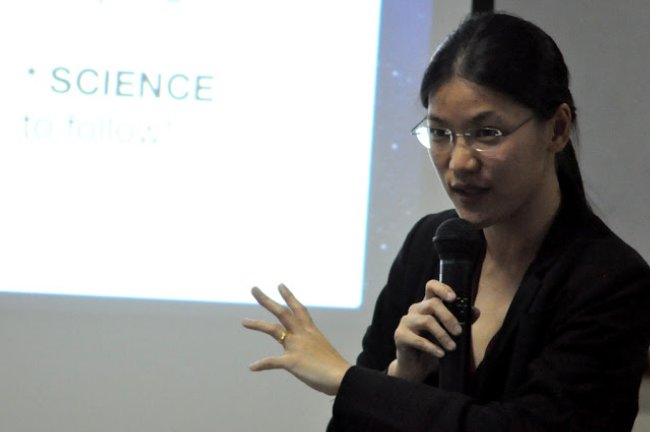
I used to joke how I’m lucky not to have the problem of my multi-talented peers, as I’m only good at this one thing. Perhaps I could have followed the family business, but I’m glad my parents were open-minded enough to let me pursue a different career.
Ironically, now that I do work for consulting, I can say that work for research is what I do to relax ‘outside of work’! To address the second question: we’ve recently rediscovered this classic strategy board game called ‘Settlers of Catan,’ and my husband and I enjoy having friends over on the weekend, for dinner and a game.
I’d say corruption; so much potential for human development is thrown down the drain [due to corruption]—it’s paralyzing. Unfortunately, scientific research is so limited at taking this on. Still, I’d like to believe that science and technology can play a critical role, for example, through the open data movement, to enable greater transparency and accountability, not only in government but across all sectors.
I would encourage other researchers to start early in practicing sharing their work with non-scientists. There are so few of us in the field, so there are fewer opportunities for young people to have personal role models. We can address this only by reaching out, even though it may be outside our comfort zones. For my fellow Filipino researchers, I’d encourage them to contribute to pinoyscientists.tumblr.com, a fun and simple site where we can share about our work and advocacies.
This article is from a monthly series called Asia’s Rising Scientists. Click here to read other articles in the series.
——————
Copyright: Asian Scientist Magazine; Photo: Gary Coronado.
Disclaimer: This article does not necessarily reflect the views of AsianScientist or its staff.






